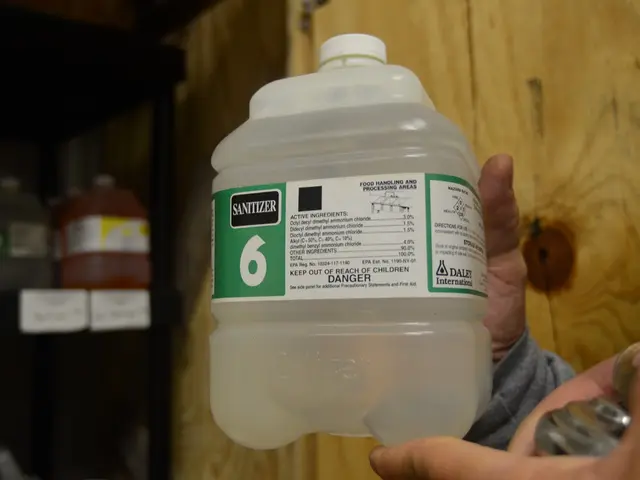Exploring Catheter Options: A Comprehensive Breakdown for Both Men and Women
Navigating the world of medical devices can be overwhelming, particularly when discussing essential instruments like catheters. These medical devices play a crucial role in managing various health conditions that affect the natural flow of urine. This guide delves into different catheter types, their implications for men and women, and factors to consider when selecting an appropriate device.
Understanding Catheters
Catheters are medical tools used to facilitate the release of urine when the body's natural flow is obstructed. They come in various designs and sizes, each tailored to suit the unique anatomical requirements of each user. The foremost types of catheters include intermittent, indwelling (Foley), and external (condom) catheters. Choosing the right catheter is vital for numerous reasons, including minimizing infections and ensuring optimal health outcomes.
Classification of Catheters
Intermittent catheters are inserted in the bladder multiple times a day to promote emptying, after which they are taken out. Indwelling catheters, on the other hand, remain in place for an extended period and are often secured with a balloon filled with water in the bladder. External catheters are non-invasive, being similar to a condom in form and attached to a drainage bag.
Men's Catheter Choices
For men selecting catheters, considerations like length and diameter are paramount. Males generally require catheters that are longer for urethral navigation. Users can opt for straight-tip or coude-tip catheters for easier insertion. Material sensitivity also matters, as some individuals may prefer silicone or hydrogel-coated catheters for increased comfort and ease of use.
Women's Catheter Preferences
When choosing catheters for women, the catheter's length is usually shorter to accommodate the female anatomy. Women may prefer pre-lubricated or hydrophilic catheters, as they reduce friction and augment user comfort. Additionally, compact and discreet options are available for women, fostering independence and generating confidence while managing their condition.
Factors to Ponder When Choosing a Catheter
When investing in a catheter, multiple factors must be considered, including the underlying cause of bladder dysfunction, lifestyle, activity level, and personal comfort. The ideal catheter provides efficient management of incontinence or urinary retention while minimizing the risk of complications like urinary tract infections (UTIs) and urinary catheter-associated infections (CAUTIs).
Discussing your needs with a healthcare professional is the first step toward choosing the perfect catheter, as they can recommend the most suitable product based on your medical history, dexterity, and lifestyle. To find the ideal fit and the most convenient product, a trial-and-error process might be necessary.
It is crucial for users to receive proper education on correct insertion methods, maintenance, and the recognition of signs of infection or complications. Reputable distributors will offer comprehensive instructions and provide customer support for any questions related to catheter use.
Quality and Safety
Considerations for quality and safety should not be disregarded when selecting catheters. Focus on devices crafted to be safe and protect delicate mucous membranes from potential harm. Look for catheters boasting smooth, polished eyelets and constructed from materials that minimize friction and the risk of infection.
The importance of safety cannot be overstated, as improperly used catheters could lead to severe complications. Always employ sterile techniques, and consult a medical professional immediately upon encountering discomfort or signs of infection.
Acquiring Catheters
Purchasing catheters may stir concerns about privacy, particularly in public settings. To guarantee a reliable, discreet experience, seek providers offering sensitive, customer-focused services.
Whether shopping online or visiting a brick-and-mortar medical supply store, a trustworthy provider is indispensable. They can offer expert advice, facilitate insurance navigation, and ensure a consistent supply of your essential products.
Expenses and Insurance Coverage
Catheter costs can vary based on type, brand, and purchasing location. Many insurance policies, such as Medicare and Medicaid, cover catheters and urological supplies, but the specifics should be understood to avoid any financial surprises.
Some providers may offer cost assistance programs or help with insurance claims, making the process more accessible for users. Investigate these options to alleviate any financial burden.
In Summary
Understanding the myriad catheter options available for both men and women and weighing the factors outlined in this guide will empower you to choose the ideal catheter for your personal needs. Partnering with a skilled provider and consulting your healthcare professionals are pivotal steps to ensure confidence and comfort when managing your health with the suitable catheter. While the process may seem daunting at first, armed with the right guidance and knowledge, the choice will be straightforward and beneficial for your health and well-being.
Science plays a significant role in the medical field, particularly in the development of catheters designed for health and wellness, including managing medical conditions like urinary retention or incontinence, especially in women's health. For instance, women may prefer shorter catheters with pre-lubricated or hydrophilic coatings, while men may find longer, hydrogel-coated catheters more comfortable. In selecting a catheter, factors such as the underlying cause of bladder dysfunction, lifestyle, and individual comfort should be considered to ensure optimal health outcomes and minimal risk of complications. Collaborating with healthcare professionals and reputable providers is essential to obtain the proper education on correct usage, maintenance, and customer support, as well as to understand insurance coverage and cost assistance programs.








